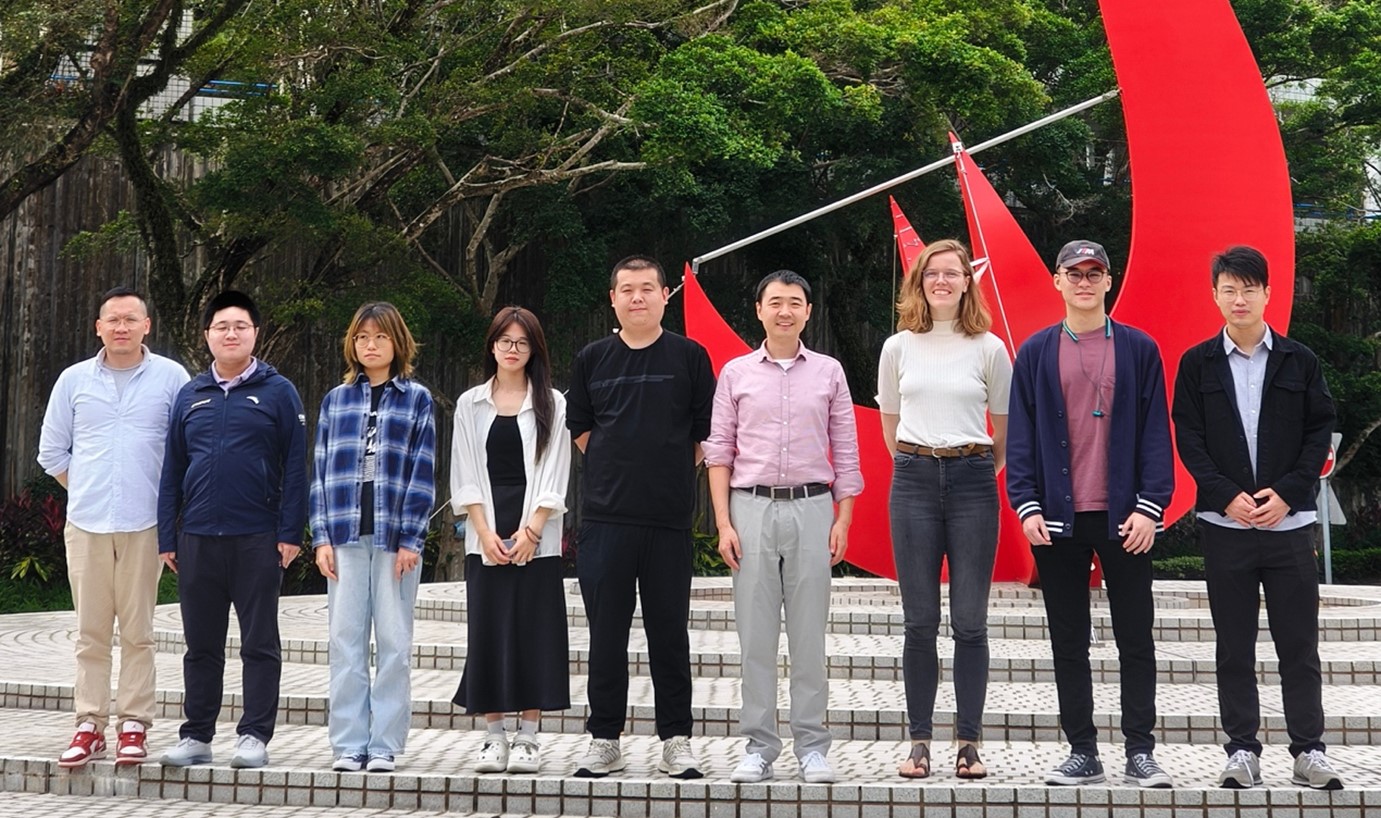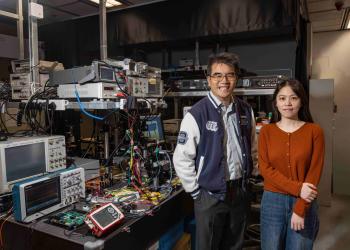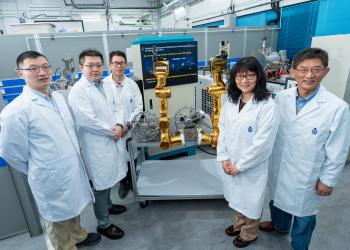HKUST Research Unveiling the Possible Origin of Life from Deep Earth
A collaborative research team led by Prof. Ding PAN, Associate Professor from the Department of Physics and the Department of Chemistry at the Hong Kong University of Science and Technology (HKUST), has made significant progress in studying the abiotic synthesis and stability of biomolecules in C-H-O-N fluids under deep Earth conditions. This research offers new insights into potential locations for the origin of life. The findings have been published online in the Journal of the American Chemical Society*.
The origin of life is a fundamental scientific question that has long intrigued researchers, with many theories proposed but none fully explaining it. Darwin's idea of life arising in a "warm little pond" evolved into the "primordial soup" theory by Alexander Oparin and J. B. S. Haldane in the 1920s, suggesting that inorganic small molecules on early Earth formed the first organic compounds, which through further transformations gave rise to more complex organic polymers and eventually life. The famous Miller-Urey experiment in 1953 validated this hypothesis by simulating the effects of lightning on the primitive Earth’s atmosphere. While deep-sea hydrothermal vents are considered potential sites for life's origin due to their extreme pressures and temperatures, some studies indicate that high temperatures may rapidly degrade key biomolecules in aqueous solutions, impacting the emergence of life.
Prof. Pan's team investigated the deeper interior of early Earth as a potential site for the origin of life. They employed efficient first-principles molecular dynamics simulations (over 2.5 ns) combined with free energy calculations to study the chemical reactions of C-H-O-N fluids (NH₃, H₂O, H₂, and CO) under mantle conditions (10-13 GPa, 1000-1400 K). The results showed that, in the absence of catalysts, hundreds of organic compounds were generated in supercritical fluids, with the composition of CN compounds significantly influenced by pressure and temperature. Free energy calculations indicated that conditions of 10 GPa and 1400 K were most favorable for the formation and stability of C-N bonds, revealing that molecules related to life, such as glycine, ribose, urea, and uracil-like, could be produced in C-H-O-N fluids. “Contrary to the previous view that large organic molecules might rapidly disintegrate in aqueous solutions under extreme conditions, our study shows that these synthesized biomolecules can stably exist in C-H-O-N fluids, potentially providing the necessary initial components for the early stages of life's origin,” explained Prof. Pan.
An important question in RNA formation is why ribose, a fundamental structural unit, predominantly adopts a five-membered ring form, despite six-membered ring ribose being more common in aqueous solutions. This study found that under high temperature and pressure, five-membered ring ribose is more stable, suggesting that RNA assembly originated from this form created in deep underground environments. These ribose molecules could have been transported to the surface during early geological activities, combining with other components to form early RNA and initiating life's evolution. Additionally, the deep Earth provides a protective environment against harmful radiation and drastic physicochemical changes, favoring the preservation of these biomolecules. This research enhances the "primordial soup" theory by revealing potential pathways for synthesizing life-related molecules in the deep Earth. The results of this research also offer insights into the synthesis of organic molecules in interstellar space.
The study was funded and supported by the Hong Kong Research Grants Council, the Croucher Foundation, and the National Natural Science Foundation of China’s Excellent Young Scientists Fund. Some computational tasks were completed using the Tianhe-2 supercomputer at the National Supercomputer Center in Guangzhou.
*Note: Dr. LI Tao, a postdoctoral fellow at the Department of Physics at HKUST is the first author and Prof. Pan at HKUST is the corresponding author. The research also received substantial support from Dr. Nore STOLE from Ruhr University Bochum (a former student of Prof. Pan), Dr. Tao RENBIAO from the Center for High Pressure Science and Technology Advanced Research (HPSTAR), Beijing, Prof. Dimitri A. SYERJENSKY from Johns Hopkins University, US, and Prof. Isabelle DANIEL from Claude Bernard University Lyon1, France.











